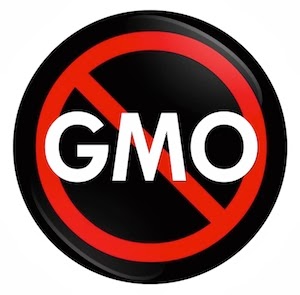Give the gift of a lifetime this Christmas to not only your pets but to the whole family! The gift of Sacred Structured Water is the best thing you'll ever do for yourself and your pets.
Structured water is unlike any other water you've ever had. You're familiar with all the different filters or systems available for water, I'm sure. Structured water is not filtered water. Structured water has a different molecular structure than other waters. When water is poured or run through a structured water unit (made by Natural Action Technologies), it
goes through an array of mathematically calculated geometries inside the unit. There are no moving parts. Nothing to replace. The technology employs multiple, spherical flow forms that are spaced in specific geometric patterns, which cause the water to vortex equally in all directions. When water is spun, it causes anything that is of a different density than water to separate out. And there is only one thing that is the same density of water in this world, and that is water. Because of this, everything else that is in the water becomes structured onto itself.
When water is structured, it is alive, full of energy and free of memory-- like water is meant to be. We are water. We are energy. So are the animals.
Experience the difference of structured water and you will never drink any other water again. I've always known water was important to drink but I never liked to drink water. That all changed with structured water. I drink it all the time now. I want it. I enjoy it. I rarely drink anything else. I have never felt better in my life! Just check out some of the things I have experienced or noticed so far after drinking and showering in it for over a year and a half now:
The water is soft
More energy
Softer, clearer skin
No dry, itchy skin in the winter
Healthier nails and hair
Clearer thinking
Scar on my knee disappeared
Better circulation
Sprayed on mosquito bites stops the itching
Sprayed immediately on a burn and it stopped the pain and healed quickly
My eyesight improved significantly in mid-life (have worn glasses since elementary school)
My husband started doing things without being asked :)
Fruits and vegetables rinsed or soaked in it stay fresher longer (less waste)
Foods or other drinks sprayed with it taste better
My mom's hair is changing from completely gray back to her natural color
Plants, the garden and trees grow like crazy
All kinds of birds have been showing up in our yard
Pets love it and choose structured water over any other water
Pets drink more and they ask for it
(and there's more!)
Discovering and buying a structured water unit is the best thing I have ever done! It's the best investment I have ever made for myself and my family -- including our pets' health. And there's nothing else to buy -- ever! No moving parts, nothing to replace. Try it for yourself! There's a 30 day satisfaction guarantee or 100% money back AND a 10 year warranty! What have you got to lose?
AND
For a limited time you can receive a discounted price on the units along with free shipping and bonuses by clicking on this link or click on the water icon on the right side of this blog.






































